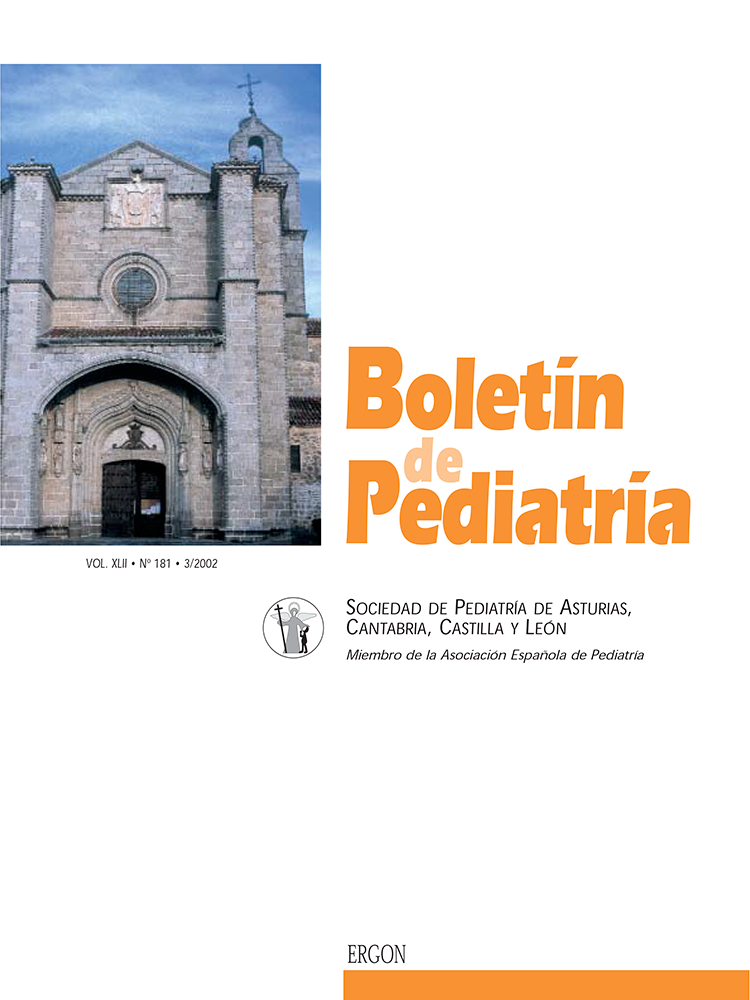Abstract
Abstract Objectives. To examine clinical and radiological manifestations in a group of pediatric patients suffering from NF1. Patients and methods. Thirty-three patients with a diagnosis of NF1 according to NIH criteria underwent clinical and radiological assessments. Results. In this group, female patients predominate over male patients (difference non- significant). Twenty-eight patients (85%) had a positive family history ? 71% in the maternal line, 39% in the paternal line and 7% in both. Caféau-lait spots were present in every case (100%), associated with ephelides in 48.5% of the patients. Fibromas were present in 36.4% of the cases, being plexiform in 15.5%; scoliosis was observed in 33.3%, and 3% of the cases showed pseudoarthrosis and facial hemihypertrophy. Nine percent of patients had a psychomotor retardation, 30% headache, 9% seizures, 6% hyperactivity and 3% tremor. Brain neuroradiology allowed to detect the presence of tumors in 12% of the cases and UBOs (high signal intensity foci) in 45% of the cases studied with this technique; 2 patients had an arachnoidal cyst and 1 showed hydrocephaly. Conclusions. NF1 can affect all the organs and, due to its evolutive nature and the possibility of development of new manifestationes, periodical assessments are mandatory. Café-au-lait spots are a constant manifestation with an early onset; that is why, their presence in an infant should alert the pediatrician to search for other more relevant signs. Neuro-radiology showed intracranial tumors in 12% of our patients and UBOs were observed in 45% of those examined by brain RM.

This work is licensed under a Creative Commons Attribution-NonCommercial 4.0 International License.
Copyright (c) 2002 Boletín de Pediatría
